Research article
Does a country’s external debt level affect its Islamic banking sector development? Evidence from Malaysia based on Quantile regression and Markov regime-switching
-
1.
School of Graduate Studies, International Center for Education in Islamic Finance, Kuala Lumpur, Malaysia
-
2.
Doctoral Candidate, Faculty of Business and Finance, Universiti Tunku Abdul Rahman, Perak Campus, Kampar, Malaysia
-
Received:
17 April 2019
Accepted:
29 May 2019
Published:
11 June 2019
-
-
JEL Codes:
C22, C58, G21, H63
-
-
The development of Islamic banking has attracted global attention, particularly since the sub-prime crisis (2007-2008). Despite the establishment of institutions and regulatory framework in countries that are at the forefront of promoting Islamic banking, some stakeholders seem to suggest that Islamic banking development is in stagnation. This may be due to the fact that such initiatives have often ignored the macroeconomic environment in which Islamic banks operate. One such environment, is the external debt level of a country in which Islamic banks operate. This paper makes an initial attempt to investigate firstly, the impact of external debt on Islamic banking development, and secondly, to find out whether the relationship between external debt and Islamic banking development is linear or non-linear. Analysing ten years' monthly data using VECM, Quantile Regression and Markov regime-switching techniques, the findings tend to suggest that, (a) there is a positive relationship between the external debt levels and Islamic banking development and, (b) However, the relationship seems to be non-linear. Under stable economic conditions, external debt has a higher impact on Islamic banking development compared to those of economic downturns, crises, and increased financial uncertainties.
Citation: Mohammed Yaw Broni, Mosharrof Hosen, Mansur Masih. Does a country’s external debt level affect its Islamic banking sector development? Evidence from Malaysia based on Quantile regression and Markov regime-switching[J]. Quantitative Finance and Economics, 2019, 3(2): 366-389. doi: 10.3934/QFE.2019.2.366
Related Papers:
| [1] |
Robert Carlson .
Myopic models of population dynamics
on infinite networks. Networks and Heterogeneous Media, 2014, 9(3): 477-499.
doi: 10.3934/nhm.2014.9.477
|
| [2] |
Juan Manuel Pastor, Javier García-Algarra, Javier Galeano, Jos�é María Iriondo, Jos�é J. Ramasco .
A simple and bounded model of population dynamics for mutualistic networks. Networks and Heterogeneous Media, 2015, 10(1): 53-70.
doi: 10.3934/nhm.2015.10.53
|
| [3] |
Riccardo Bonetto, Hildeberto Jardón Kojakhmetov .
Nonlinear diffusion on networks: Perturbations and consensus dynamics. Networks and Heterogeneous Media, 2024, 19(3): 1344-1380.
doi: 10.3934/nhm.2024058
|
| [4] |
Claudio Canuto, Anna Cattani .
The derivation of continuum limits of neuronal networks with gap-junction couplings. Networks and Heterogeneous Media, 2014, 9(1): 111-133.
doi: 10.3934/nhm.2014.9.111
|
| [5] |
Elisabeth Logak, Isabelle Passat .
An epidemic model with nonlocal diffusion on networks. Networks and Heterogeneous Media, 2016, 11(4): 693-719.
doi: 10.3934/nhm.2016014
|
| [6] |
Narcisa Apreutesei, Vitaly Volpert .
Reaction-diffusion waves with nonlinear boundary conditions. Networks and Heterogeneous Media, 2013, 8(1): 23-35.
doi: 10.3934/nhm.2013.8.23
|
| [7] |
Juan Manuel Pastor, Javier García-Algarra, Jos�é M. Iriondo, Jos�é J. Ramasco, Javier Galeano .
Dragging in mutualistic networks. Networks and Heterogeneous Media, 2015, 10(1): 37-52.
doi: 10.3934/nhm.2015.10.37
|
| [8] |
Pedro Aceves-Sanchez, Benjamin Aymard, Diane Peurichard, Pol Kennel, Anne Lorsignol, Franck Plouraboué, Louis Casteilla, Pierre Degond .
A new model for the emergence of blood capillary networks. Networks and Heterogeneous Media, 2021, 16(1): 91-138.
doi: 10.3934/nhm.2021001
|
| [9] |
Mirela Domijan, Markus Kirkilionis .
Graph theory and qualitative analysis of reaction networks. Networks and Heterogeneous Media, 2008, 3(2): 295-322.
doi: 10.3934/nhm.2008.3.295
|
| [10] |
Luca Di Persio, Giacomo Ziglio .
Gaussian estimates on networks with applications to optimal control. Networks and Heterogeneous Media, 2011, 6(2): 279-296.
doi: 10.3934/nhm.2011.6.279
|
-
Abstract
The development of Islamic banking has attracted global attention, particularly since the sub-prime crisis (2007-2008). Despite the establishment of institutions and regulatory framework in countries that are at the forefront of promoting Islamic banking, some stakeholders seem to suggest that Islamic banking development is in stagnation. This may be due to the fact that such initiatives have often ignored the macroeconomic environment in which Islamic banks operate. One such environment, is the external debt level of a country in which Islamic banks operate. This paper makes an initial attempt to investigate firstly, the impact of external debt on Islamic banking development, and secondly, to find out whether the relationship between external debt and Islamic banking development is linear or non-linear. Analysing ten years' monthly data using VECM, Quantile Regression and Markov regime-switching techniques, the findings tend to suggest that, (a) there is a positive relationship between the external debt levels and Islamic banking development and, (b) However, the relationship seems to be non-linear. Under stable economic conditions, external debt has a higher impact on Islamic banking development compared to those of economic downturns, crises, and increased financial uncertainties.
References
|
[1]
|
Abedifar P, Molyneux P, Tarazi A (2013) Risk in Islamic banking. Rev Financ 17: 2035–2096. doi: 10.1093/rof/rfs041

|
|
[2]
|
Alqahtani F, Mayes DG, Brown K (2016) Economic turmoil and Islamic banking: Evidence from the Gulf Cooperation Council. Pac-Basin Financ J 39: 44–56. doi: 10.1016/j.pacfin.2016.05.017

|
|
[3]
|
Basher SA, Kessler LM, Munkin MK (2017) Bank capital and portfolio risk among Islamic banks. Rev Financ Econ 24: 1–9.
|
|
[4]
|
Ehrhart H, Minea A, Villieu P (2014) Debt, seigniorage, and the growth laffer curve in developing countries. J Macroecon 42: 199–210. doi: 10.1016/j.jmacro.2014.07.004

|
|
[5]
|
Eichengreen B, Rose AK (1998) Staying afloat when the wind shifts: External factors and emerging-market banking crises. National Bureau of Economic Research, No. w6370.
|
|
[6]
|
Hallak I (2013) Private sector share of external debt and financial stability: Evidence from bank loans. J Int Money Financ 32: 17–41.
|
|
[7]
|
Hassan MK, Bashir AHM (2003) Determinants of Islamic banking profitability. In 10th ERF annual conference, Morocco, 2–31.
|
|
[8]
|
Hassan T, Mohamad S, Khaled I. Bader M (2009) Efficiency of conventional versus Islamic banks: evidence from the Middle East. Int J Islamic middle eastern financ manage 2: 46–65.
|
|
[9]
|
Hossain AA (2016) Inflationary shocks and real output growth in nine Muslim-majority countries: Implications for Islamic banking and finance. J Asian Econ 45: 56–73. doi: 10.1016/j.asieco.2016.06.004

|
|
[10]
|
Koenker R (2005) Quantile regression, Cambridge university press, No. 38.
|
|
[11]
|
Kumar M, Woo J (2010) Public debt and growth. IMF working papers, 1–47.
|
|
[12]
|
Krugman P (1988) Financing vs. forgiving a debt overhang. J Dev Econ 29: 253–268.
|
|
[13]
|
Magd HA, McCoy MP (2014) Islamic Finance Development in the Sultanate of Oman: Barriers and Recommendations. Pro Econ Financ 15: 1619–1631.
|
|
[14]
|
Mandilaras A, Bird G (2010) A Markov switching analysis of contagion in the EMS. J Int Money Financ 29: 1062–1075. doi: 10.1016/j.jimonfin.2010.03.001

|
|
[15]
|
Mansoor Khan M, Ishaq Bhatti M (2008) Development in Islamic banking: a financial risk-allocation approach. J Risk Financ 9: 40–51. doi: 10.1108/15265940810842401

|
|
[16]
|
Moody J, Levin U, Rehfuss S (1993) Predicting the US index of industrial production.
|
|
[17]
|
Naifar N, Hammoudeh S (2016) Do global financial distress and uncertainties impact GCC and global sukuk return dynamics?. Pac-Basin Financ J 39: 57–69. doi: 10.1016/j.pacfin.2016.05.016

|
|
[18]
|
Pattillo CA, Poirson H, Ricci LA (2002) External debt and growth. International Monetary Fund, No. 2002–2069.
|
|
[19]
|
Seguino S (2009) The global economic crisis, its gender implications, and policy responses. Gender Perspectives on the Financial Crisis Panel at the Fifty-Third Session of the Commission on the Status of Women, United Nations, 7.
|
|
[20]
|
Sukmana R, Ibrahim MH (2017) How Islamic are Islamic banks? A non-linear assessment of Islamic rate–conventional rate relations. Econ Model 64: 443–448.
|
|
[21]
|
Trenca I, Petria N, Corovei EA (2015). Impact of Macroeconomic Variables upon the Banking System Liquidity. Pro Econ Financ 32: 1170–1177. doi: 10.1016/S2212-5671(15)01583-X

|
-
-
This article has been cited by:
| 1.
|
Zlatinka Dimitrova,
Flows of Substances in Networks and Network Channels: Selected Results and Applications,
2022,
24,
1099-4300,
1485,
10.3390/e24101485
|
|
| 2.
|
Agelos Georgakopoulos, Sebastian Haeseler, Matthias Keller, Daniel Lenz, Radosław K. Wojciechowski,
Graphs of finite measure,
2015,
103,
00217824,
1093,
10.1016/j.matpur.2014.10.006
|
|
-
-











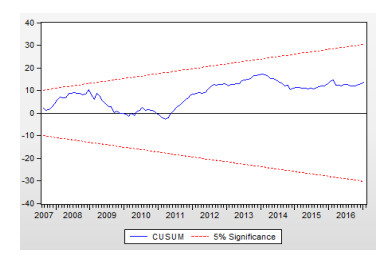
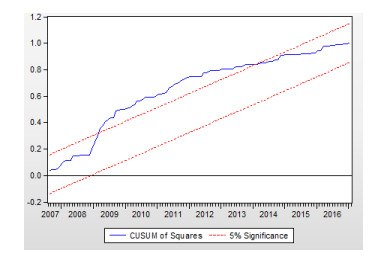

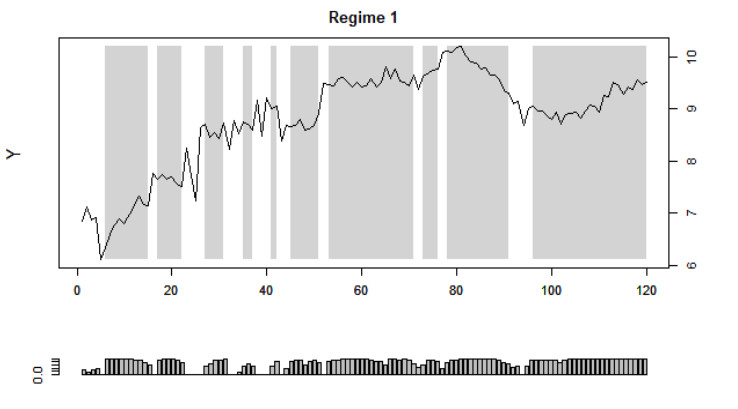
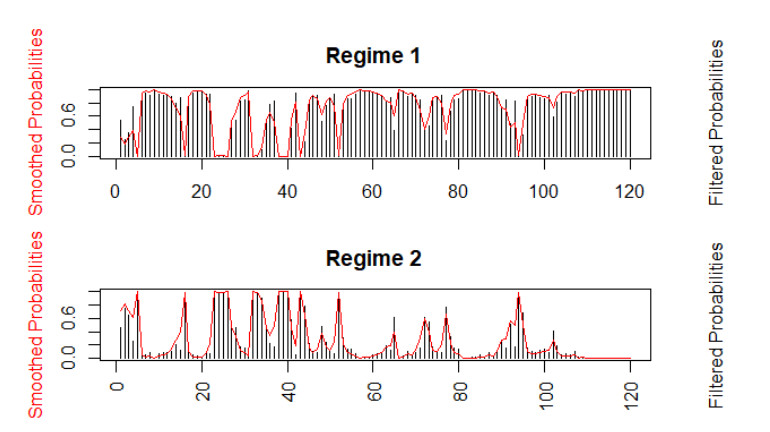
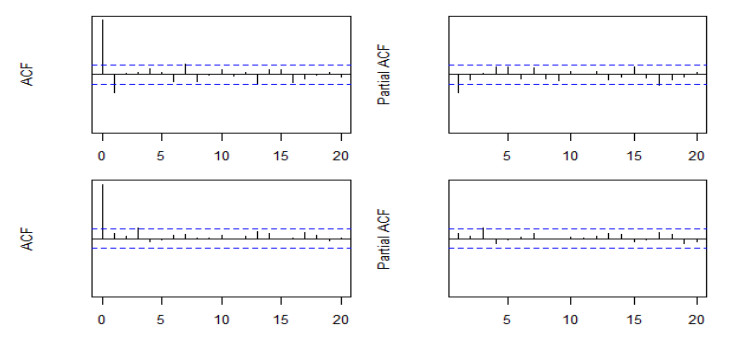
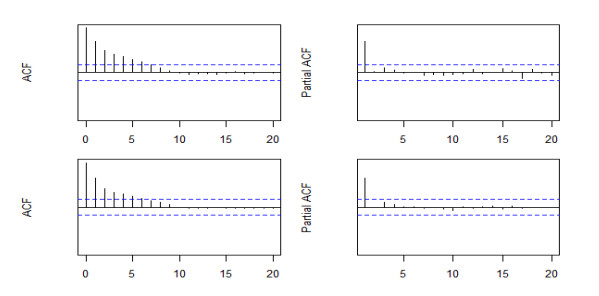
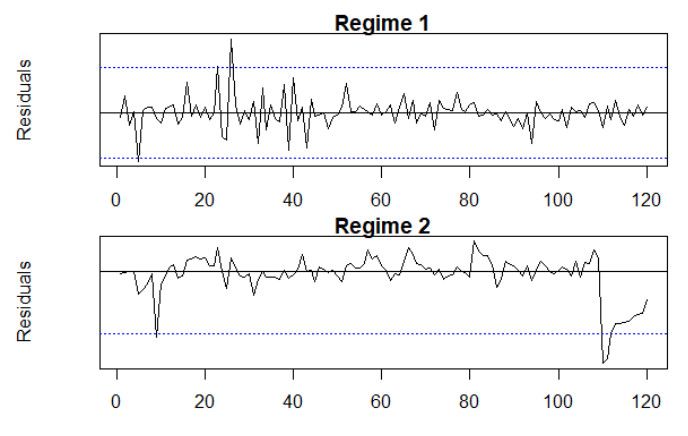



 DownLoad:
DownLoad: